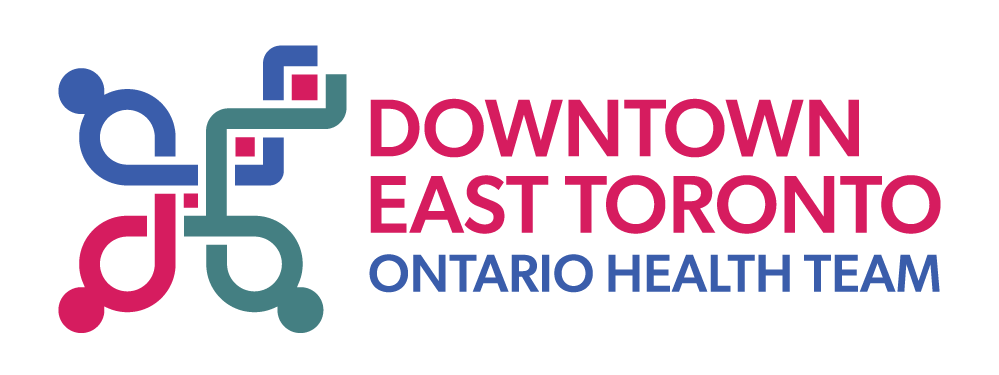
Unity Health Toronto’s St. Michaels Hospital, in collaboration with DET OHT, is studying the impact of a digital health tool called MIMOSA Pro in improving the assessment and care of foot wounds related to diabetes, also known as diabetic foot ulcers.
Manufactured by Toronto/Halifax-based tech startup and approved by Health Canada, MIMOSA Pro is a pocket-sized tissue imaging device that uses near-infrared (NIR) light to accurately and non-invasively assess tissue health. It analyzes indicators such as tissue oxygenation and temperature to suggest tissue health beneath the skin’s surface. NIR light is very useful in detecting oxygenated and deoxygenated blood, which conveys a comprehensive picture of the healing capacity of acute and chronic wounds.
“A foot wound is a serious complication of diabetes that puts a person at risk of leg amputation,” says Dr. Charles de Mestral, Vascular Surgeon at Unity Health Toronto’s St. Michael’s Hospital. “MIMOSA will help our team – including vascular surgeons, chiropodists, and nurses – in tailoring wound care plans to help ulcers heal more quickly.”
Lower Limb Preservation Program and MIMOSA Pro Technology
St. Michael’s Hospital acquired this technology to support the goals of the DET OHT Lower Limb Preservation Program with funding and support from Ontario Health and Boehringer Ingelheim Canada through the 2024-25 Digital Health Care Transformation Challenge. This funding is aimed at addressing healthcare challenges and health inequities among patients with chronic diseases through innovative digital solutions.
The Lower Limb Preservation Program will measure success through key outcomes, including wound healing of diabetic foot ulcers, the number of amputations, and patient-reported experience measures. By tracking these metrics, the team will demonstrate effectiveness of a novel digital health technology in reducing preventable lower limb amputations, and improving wound healing rates through early and effective interventions.
Early Intervention Saves Limbs

Evidence suggests people with diabetes are almost 20 times more likely to be hospitalized for a non-traumatic lower limb amputation compared to the general population. Furthermore, 85 per cent of the lower limb amputations related to diabetes or peripheral artery disease are preventable through effective initiatives, including screening of at-risk feet and timely and appropriate treatment of foot wounds.
Current wound assessment and treatment planning often rely on basic physical examination techniques, which can lack objectivity and consistency across providers. MIMOSA Pro seeks to address this by providing an objective, standardized, and comprehensive assessment to guide diabetic foot wound management. While the technology used by MIMOSA Pro to monitor tissue health is not entirely new, the innovation lies in its size and strength to incorporate AI analytics for real-time, point-of-care insights. This allows clinicians to make more informed decisions, detect infections and low tissue oxygenation earlier, and improve client care by identifying issues that would otherwise remain invisible during standard physical examinations. Additionally, all data collected by MIMOSA Pro, including bedside wound imaging, is held in a secure cloud-based server without any patient identifying information.
“My expectation is that with MIMOSA Pro, we can better predict the healing trajectory of wounds,” says Dr. de Mestral. He emphasized that early detection of warning signs will likely lead to faster wound closure. “Seeing changes over time with every visit will help us more objectively assess and accelerate the wound healing trajectory.”
Dr. de Mestral and his team at St. Michael’s Hospital are committed to integrating MIMOSA Pro into routine diabetic foot ulcer assessment and treatment, viewing it as an opportunity to define a model that can be scaled and replicated across other healthcare settings in Canada.

Leave a Reply